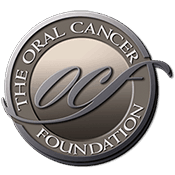Scientists to test light therapy as relief from side effects of cancer treatment
Source: www.photonics.com Author: staff University at Buffalo (UB) researchers have received part of a $1.5 million grant to investigate light therapy as a replacement for prescription opioids in treating oral mucositis, painful ulcers, and swelling in the mouth that result from chemotherapy and radiation treatment for cancer. Funded by the National Institutes of Dental and Craniofacial Research Small Business Innovation Research program, the grant will help the researchers determine the effectiveness of photobiomodulation in prevention and treatment of oral mucositis after cancer treatment. At a high power, light, often in the form of a laser, is used in medicine to cut or destroy tissue. But at a low level, it has the ability to relieve pain and promote healing. Courtesy of Douglas Levere, University at Buffalo The grant was awarded to Cleveland-based MuReva Phototherapy, a spin-off company of lighting solutions manufacturer Lumitex, to further develop the light technology. UB received $511,000 of the award to test the technology. The research, led by Praveen Arany, DDS, assistant professor in the UB School of Dental Medicine, will be performed in collaboration with faculty from the Departments of Radiation Medicine and Oral Oncology at Roswell Park Comprehensive Cancer Center. “The current epidemic of opioids has impacted cancer care, especially for cancer pain relief,” Arany said. “This treatment offers a simple, nondrug, noninvasive treatment approach to relieve pain and improve quality of life for cancer patients. The striking lab and clinical evidence for photobiomodulation treatments in supportive cancer care has demonstrated tremendous [...]
